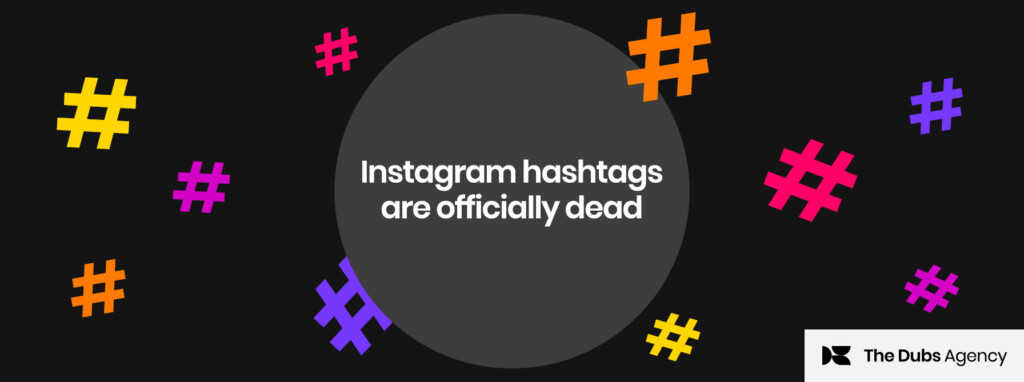LinkedIn wants you to do well at LinkedIn.
Not only does LinkedIn want its members to find content of genuine interest, it wants quality posts to attract more clicks, provoke more action and have your desired audience/s engaging for longer amounts of time. With a happy network, LinkedIn can maintain healthy levels of member activity and keep its ad model pumping.
So when the Feed AI Team at LinkedIn Engineering publishes articles explaining the latest developments in the LinkedIn algorithm—including this May 2020 update, we listen.
Why noise and action isn’t everything to the LinkedIn algorithm
While we’re used to measuring the success of our social content in terms of the viral actions our audience takes, whether that’s clicking on it, reacting to it, commenting on it, or re-sharing it, LinkedIn points out that many members view their feeds passively—they don’t take action, even if they view an update positively. And if they do take action, often the decision to click or like isn’t that informative—not compared to the text of an actual comment or re-share.
Clicks can be “noisy” indicators of engagement, meaning that even if a member clicks on your article, they may quickly abandon it when they see it’s not relevant to them—resulting in what LinkedIn calls a “click bounce”.
[dianomi]
So when LinkedIn refined its machine-learning model in 2020, tweaking the code that prioritises the order of posts appearing in members’ feeds, it introduced dwell time to the equation.
Dwell time explained
Dwell time is both the time a LinkedIn member spends looking at updates as they’re scrolling through their feed, and the time spent on content after clicking on an update.
The good thing about dwell time is that it’s measurable, and it can be a more reliable indicator of engagement. The way LinkedIn’s engineers came to their new algorithm is explained in their article in detail, but suffice to say that when they analysed members’ dwell-time behaviour they came up with a way to predict the probability that a member will skip an update.
“ The good thing about dwell time is that it’s measurable, and it can be a more reliable indicator of engagement.”
They now incorporate that into their final ranking function, with the aim of serving up fewer updates that members will skip, and more updates that inspire their engagement and investment of time. Ultimately they want to improve members’ day-to-day experiences on the feed.
Tailoring your activity for more dwell time
LinkedIn is continuing to experiment with new models to improve their ranking algorithm based on dwell time, but what should we take from this latest engineering update? The advice might sound familiar—but financial content needs to capture people’s attention and keep it for as long as possible.
What kind of content is most likely to do that? As we know from LinkedIn research, 75% of B2B buyers use social media to make buying decisions. These buyers are turning up to the sales conversation with decisions at least partly made. So ask yourself: what are the subject matters your customers/clients value most? What questions are they asking to help them make buying decisions? What aspects of their decision making are making them feel anxious or unprepared?
If your content answers those questions and fears in a clear and engaging way, you’re on the right track to becoming the most trusted voice in your space. This approach has a name: ‘They Ask You Answer’. A former pool company owner and marketer wrote a book about it, based on two assumptions: “your customers are smart readers who want you to educate them, and your best resource for doing so (the internet) is free.”
One last note: talking up your products and solutions ad nauseam doesn’t fulfill that customer-centric brief and should be avoided.
Instead, talk to The Dubs about attention-grabbing, customer-focused financial content and how to amplify it.









